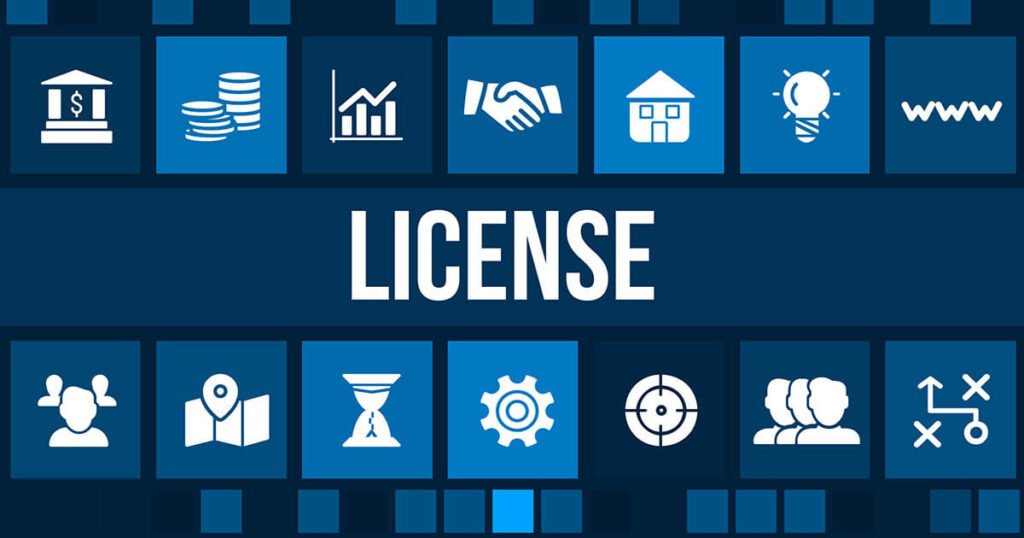In today’s digital world, software is a critical component of business operations. Whether you’re running a small startup or a large enterprise, understanding software licensing is essential to ensure legal compliance and avoid costly penalties. This guide will walk you through the basics of software licensing, the different types of licenses, and what every business needs to know to manage software licenses effectively.
1. What Is Software Licensing?
Software licensing is a legal agreement that outlines how software can be used and distributed. When you purchase software, you’re not actually buying the software itself but rather a license to use it under certain conditions. These conditions are defined in the software licensing agreement, which details the rights and restrictions associated with the software.
2. Types of Software Licenses

Understanding the different types of software licenses is crucial for businesses to ensure they’re using software legally and efficiently. Here are some common types of software licenses:
- Proprietary License: This is the most common type of software license, where the software is owned by the developer or company, and the user is granted a license to use it under specific conditions. Examples include Microsoft Windows and Adobe Creative Cloud.
- Open-Source License: Open-source software is distributed with its source code, allowing users to modify and distribute the software freely. Common open-source licenses include the GNU General Public License (GPL) and the Apache License.
- Freeware License: Freeware is software that is available at no cost but is usually licensed with certain restrictions. Users can use the software for free, but they may not be allowed to modify or redistribute it.
- Shareware License: Shareware is distributed for free on a trial basis, allowing users to try the software before purchasing it. After the trial period, users are required to purchase a license to continue using the software.
- Enterprise License: An enterprise license allows a business to use software across multiple devices and users within the organization. This type of license is often customizable based on the organization’s needs.
- Per-User/Per-Device License: Some software licenses are based on the number of users or devices. For example, a per-user license allows a specific number of users to access the software, while a per-device license limits the use to a specific number of devices.
3. Key Considerations for Businesses
When managing software licenses, businesses must consider several factors to ensure compliance and avoid legal issues:
- License Agreement Terms: Carefully review the terms and conditions of the software license agreement to understand the rights and restrictions associated with the software. Pay attention to details like usage limits, distribution rights, and renewal terms.
- Compliance and Audits: Many software vendors conduct regular audits to ensure compliance with licensing agreements. Non-compliance can result in hefty fines, legal action, and damage to your business’s reputation. Keep accurate records of all software licenses and ensure they are up-to-date.
- License Management Tools: Consider using software license management tools to keep track of all licenses, monitor usage, and ensure compliance. These tools can help automate the process of managing licenses and reduce the risk of non-compliance.
- Renewal and Expiration: Keep track of license renewal dates and ensure that licenses are renewed before they expire. Failure to renew a license can result in loss of access to critical software and potential legal issues.
- User Access and Permissions: Ensure that only authorized users have access to licensed software. Implementing role-based access controls can help prevent unauthorized use and reduce the risk of non-compliance.
4. Best Practices for Software License Management
Effective software license management is essential for businesses to minimize risks and maximize the value of their software investments. Here are some best practices to follow:
- Conduct Regular Audits: Regularly audit your software licenses to ensure compliance with licensing agreements. This will help you identify any potential issues before they escalate into legal problems.
- Centralize License Management: Centralize the management of all software licenses in one system or tool. This will make it easier to track licenses, monitor usage, and ensure compliance.
- Educate Employees: Educate employees on the importance of software license compliance and the risks associated with unauthorized use. This will help create a culture of compliance within your organization.
- Plan for Growth: As your business grows, so will your software needs. Plan for future growth by purchasing licenses that can scale with your business, and review your licensing needs regularly.
- Stay Informed: Keep up-to-date with changes in software licensing laws and regulations. This will help you stay compliant and avoid legal issues.
5. The Risks of Non-Compliance
Non-compliance with software licensing agreements can have serious consequences for businesses, including:
- Legal Action: Software vendors have the right to take legal action against businesses that violate licensing agreements. This can result in costly lawsuits and damage to your business’s reputation.
- Fines and Penalties: Non-compliance can result in hefty fines and penalties, which can be financially devastating for businesses, especially small and medium-sized enterprises (SMEs).
- Loss of Access: If a business is found to be non-compliant, the software vendor may revoke the license, resulting in the loss of access to critical software. This can disrupt business operations and lead to significant downtime.
Conclusion
Software licensing is a critical aspect of business operations that should not be overlooked. By understanding the different types of licenses, key considerations, and best practices for license management, businesses can ensure compliance, avoid legal issues, and maximize the value of their software investments. As software continues to evolve, staying informed and proactive about licensing is essential for long-term success.











